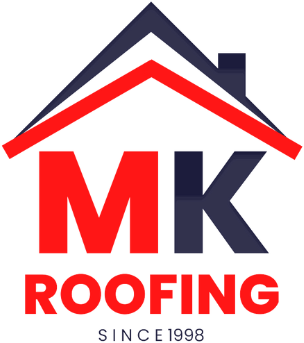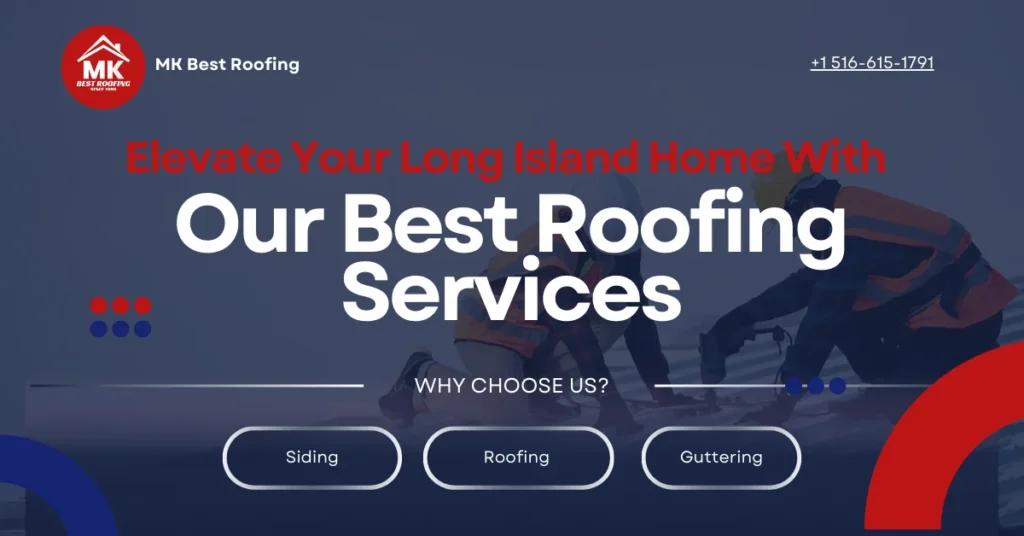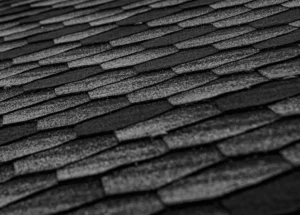The roof replacement market is a significant and growing sector within the broader construction and home improvement industry. The Roofing Industry was valued at approximately $82.2 billion in 2023, with North America accounting for about 31.2% ($25.7 billion. A new roof is one of the largest investments that a homeowner will make, so it raises the burning question: does it increase home value? Should you incorporate one, the answer is a definitive yes. The added value is contingent upon multiple elements ranging from the type of roofing material and the home’s overall condition to the regional climate and market demands. Beyond enhancing curb appeal, a new roof also gives potential buyers the confidence that the home has structural integrity, energy efficiency, and long-lasting durability.
In this blog, we’ll explore how replacing your roof can impact your home’s market value, which roofing materials provide the best ROI, and what factors to consider when making this big decision.
How a Roof Affects Home Value
A roof is the first barrier to many natural elements, including rain, snow, wind, and sun. As an architectural element that’s also a visible feature of a home, it is also greatly responsible for its aesthetic appeal. The roof is one of the first things buyers notice when they see a property. An aging or damaged roof raises red flags about potential water leaks, mold problems, and costly repairs later. On the other hand, a well-installed, modern roof promotes the quality of maintenance and assures buyers that the home has been well taken care of. This guarantee can lead to higher offers or faster sales, making roof replacement a great tool for value-adding repairs.
How Much Value Does a Roof Add?
According to multiple studies, a new roof can recover as much as 60-70% of the cost in added value to the home. In high-demand markets, that number can go up significantly. A new asphalt shingle roof can return about 65 percent of its installation cost at resale, and a metal roof can return more. Essentially, though the upfront investment is significant, it is traditionally offset by a higher value on the home and an easier sale.
A Home’s Curb Appeal and First Impressions
First impressions matter, and a new roof can greatly improve the overall appearance of your home, making it more appealing to potential buyers. Cracked, curled, or missing shingles detract instantly, while an unblemished, uniform roofing setup can give your construction a more fashionable and trustworthy look. According to many realtors, homes with recently replaced roofs are not only in demand but also move faster.
“Buyer Confidence” and Report on Inspections
Inspections are a fact of life for a home sale. A poorly maintained roof can be a deal breaker or lead to requests for a price reduction. Roofing your home before you put it on the market can cut out these negotiations and keep your price up where you want it. A solid, durable, and recently installed roof inspires confidence from buyers when they see the inspection report. This is particularly true in Long Island, where seasonal weather changes and coastal elements can make things difficult.
Types of Roofs and How Do They Affect Home Value?
Not every roof can increase your home’s value equally. The material and the design that you use can greatly influence the price as well as perceived value. Here’s a comparison of common roofing materials and how they stack up:
Asphalt Shingles
Asphalt shingles are the most popular roofing material across the United States, mainly because they are economical and relatively easy to install. They might not be as long-lasting as other options, but their familiarity and average performance are still a good setting for most homes. If the roof is old or damaged, a new asphalt shingle roof can increase home value substantially.
Metal Roofing
Widely used, metal roofs are gaining popularity these days because of their durability, fire resistance, and energy efficiency. While they are more expensive to install initially, metal roofs have a lifetime of 40-70 years and can considerably improve a home’s resale value. Thanks to their sleek, modern appearance, they also attract buyers looking for contemporary aesthetics and long-term performance.
Cedar Shake Roofing
Although cedar shake roofs have a rustic, high-end look, they are also adept insulators. They can enhance a home’s architectural character, particularly in historic or upscale neighborhoods. However, they need substantial care, and if not properly maintained, they are prone to moisture problems. Even so, cedar shake roofs can add significant home value when well-maintained.
Clay or Concrete Tiles
Clay or concrete tiles, common in hotter climates, provide durability with a unique look. These roofs can last for decades and are resistant to pests and fire. Tile roofs are heavier, and their added weight may necessitate structural reinforcement in a home. Still, the payoff is a striking curb appeal and value upgrade, particularly in high-end markets.
Slate Roofing
Slate is one of the highest-end roofing materials available. It’s beautiful and highly durable, often lasting over 100 years. Slate is very durable and low maintenance, but it’s also heavy and costly. If you live in the right area, a slate roof can demand top dollar and add a level of sophistication to the outside of your home like no other.
Flat Roofing
While flat roofs are commonly associated with commercial buildings, they are also found in contemporary residential design. With high-quality materials (such as TPO and EPDM) and proper insulation, flat roofs can work well and efficiently. They aren’t candidates every buyer will love, but in the right location , they’ll boost home value.
What Type of Roof Adds the Most Value?
Metal and slate roofs provide the most value due to their longevity, low maintenance requirements, and energy efficiency. They are high-end and very effective for attracting buyers seeking luxury residences. A more humble crowd-pleaser, asphalt shingles will still return some excellent bang for your buck when it does come time to sell. Cedar shakes and tile roofs are added value because of their aesthetics and thermal insulation, but they require more maintenance. Ultimately, the best choice will be determined by your budget, where you live, and the style of your house.
Cost Considerations and ROI
Roof replacement costs vary greatly depending on material, roof complexity, and local labor rates. In Long Island, for example, replacing an asphalt roof may run between $8,000 and $15,000, but a metal or slate roof can cost tens of thousands more than $25,000 or more. Although not inexpensive, home improvement pays off for most homeowners in the form of higher home value, energy savings, and lower maintenance costs over the long term.
Does It Make Sense If You’re Not Selling Right Away?
Absolutely. Even if you’re not thinking of selling your home anytime soon, getting an aging roof replaced has multiple benefits. It keeps you cooler in summer and warmer in winter, costs less in energy bills, prevents heat and/or water damage, and simply gives you the confidence of knowing your roof will keep you protected if a storm comes. It also sets up your home for a future sale that would be less stressful and more appealing to buyers.
Roof Replacement with Beneficial Additions
If you’re already preparing to invest in a new roof, consider adding in a few extra upgrades so you’ll get the most value out of the new installation:
- Bringing in natural light can make interiors more attractive and more energy-efficient.
- Protects your home’s foundation and improves curb appeal with new gutters.
- Installing solar panels at the same time you replace the roof itself is easier, and it can significantly reduce energy expenses, attracting environmentally minded buyers.
- You can also update your attic insulation when redoing your roof, enhancing its energy efficiency.
Local Real Estate Impact
In Long Island and nearby areas, homes with newer roofs tend to perform better on the market. Because of harsh winters, frequent storms, and fluctuating humidity, roof condition is a top concern for homebuyers. Real estate agents frequently advise sellers to replace the roof before putting a house on the market to avoid having it languish there or sell for less than the asking price.
Conclusion
Getting a new roof is a big investment that can pay off financially and practically. A new roof greatly increases a home’s overall value from boosting curb appeal and buyer confidence to increasing energy efficiency and durability. Whether you are getting ready to sell your property or want to preserve and improve your investment, the right roofing choice can make a universe of distinction. In short, the Best Roofing Company In Long Island, New York, provides expert guidance and quality artistry to ensure your new roof delivers the value, performance, and style you deserve.







